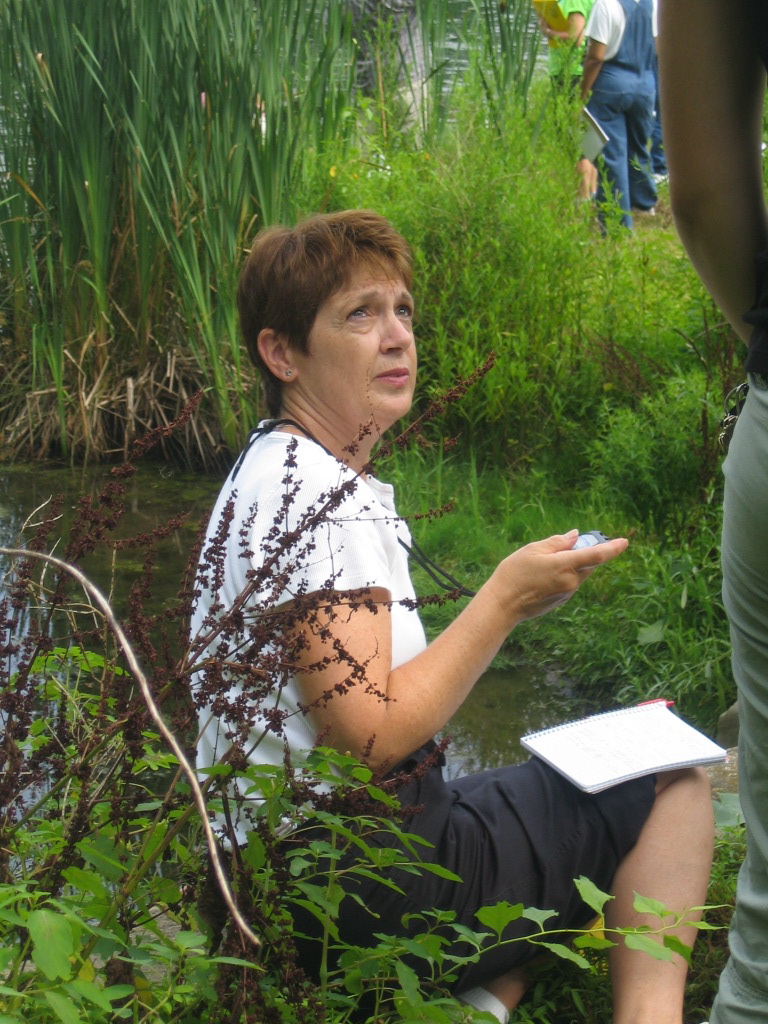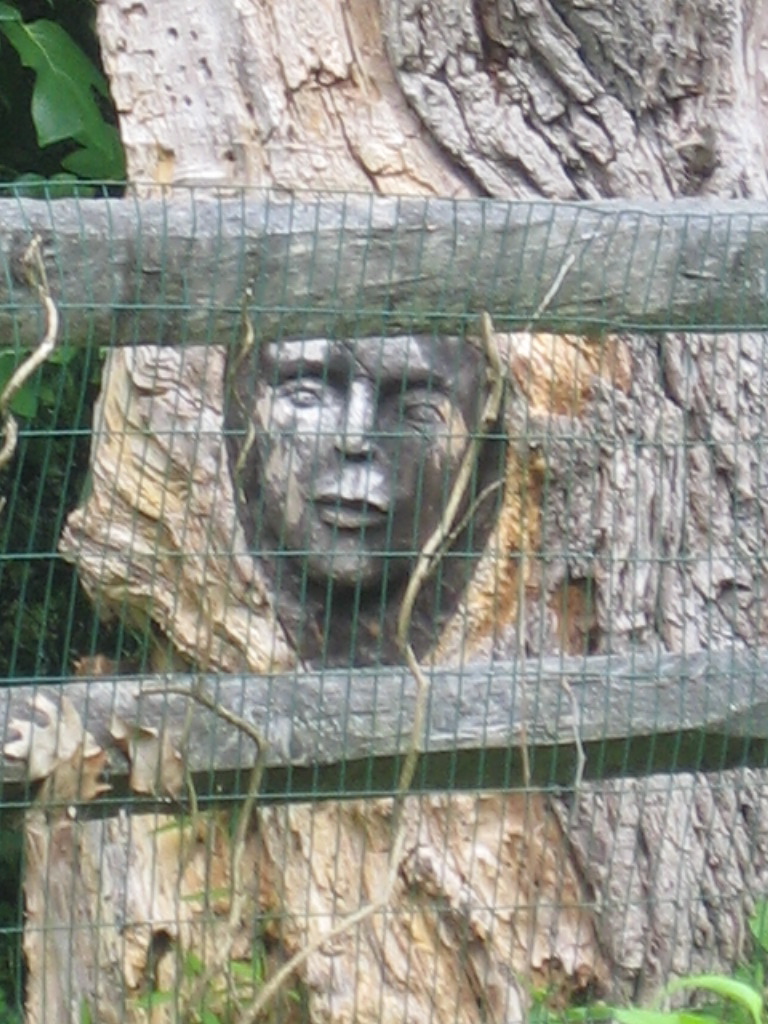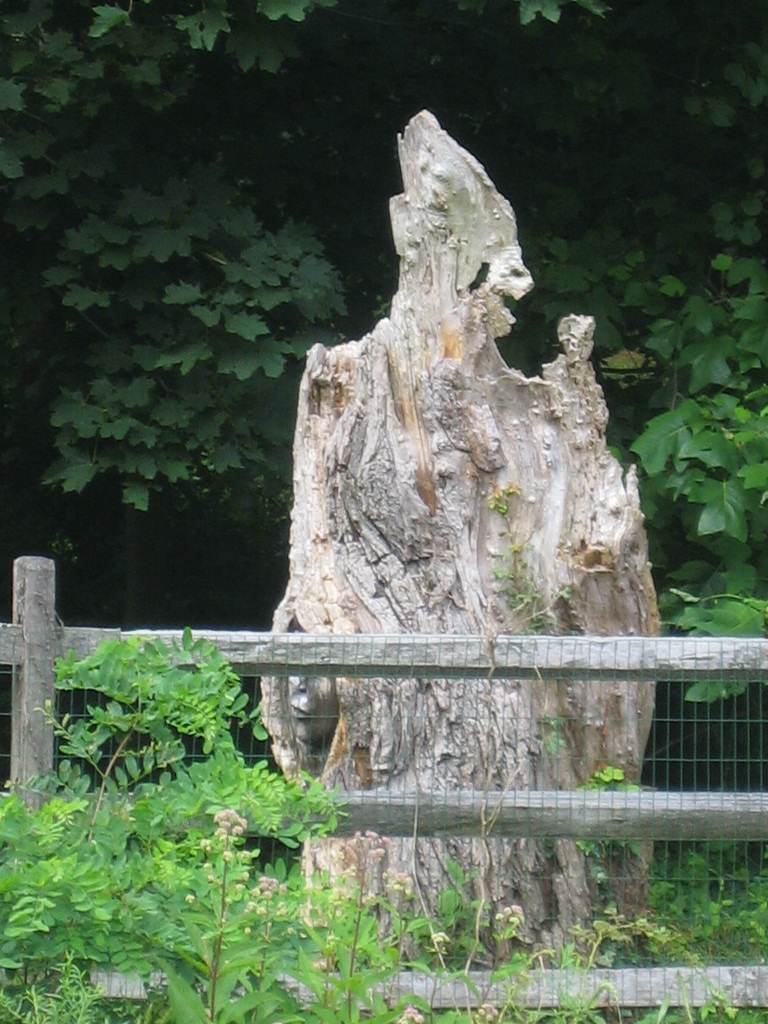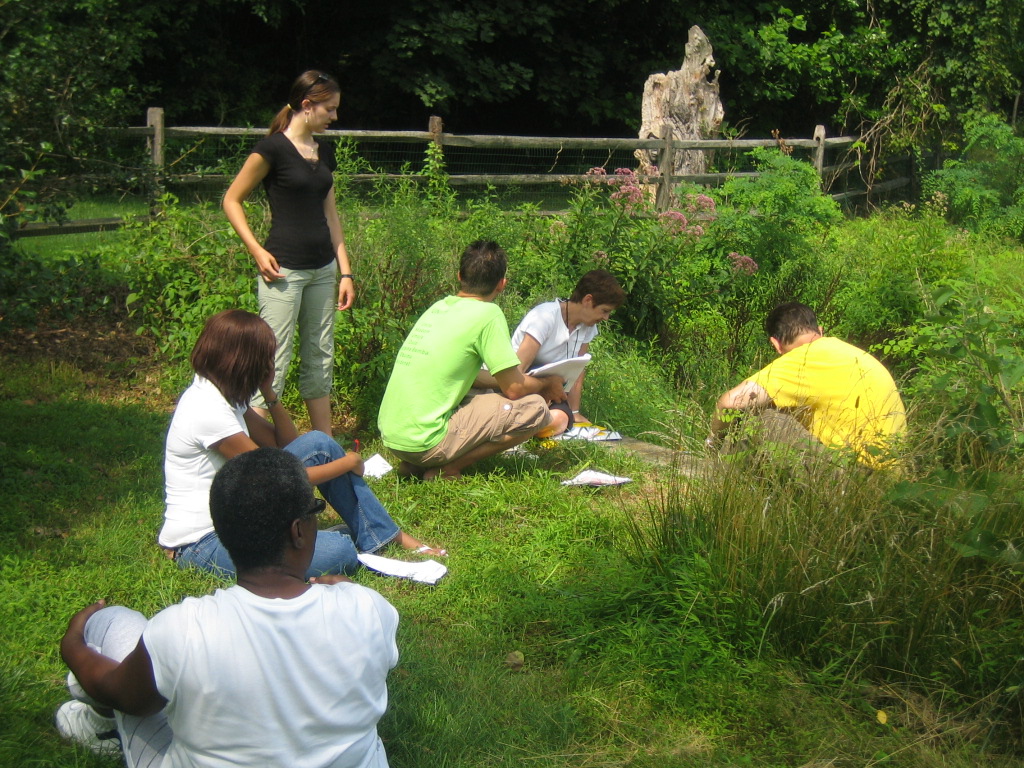Serendip is an independent site partnering with faculty at multiple colleges and universities around the world. Happy exploring!
Afterwords on Watershed Education
"As literal as you can get"--
"What you are seeing right here is not the result of just what is here."
But! who saw the lady on the right?
 |
 |
"This is not just inquiry; it's guided inquiry."
 |
 |
What things were we missing, when we were
being guided to look @ other things?
Further thoughts from the side of the pond:
Anne: What was it like, being outside? What are the advantages and disadvantages of getting out of the classroom? Of not being "in control" of what's happening (like: the weather)?
Patricia: Placing myself in the environment I could observe the pond and watershed physically, visually and used prior knowledge. It was a perfect example of inquiry teaching partnered with traditional teaching.It is so important our students get out of the box ,(classroom).
Judith: very exciting!...very hands-on! a good reality check for them to understand that there are consequences for the actions they take and that everything eventually affects the watershed! This was a good story!
Rosemary: I was amazed at how thought provoking just hypothesizing the temperature of the water could be.
Rita: There is always the safety issue in Philadelphia.
Dora: I wanted to reiterate...the option of encouraging inquiry-based learning outside the classroom...what has worked for many kids and adults in an overly structured education system....small preferences in each individual can create a massive outcome....I'd be interested in an action plan.
Anne's Favorite Quotes from From the Earth to the Moon:
- "I think we have a good system....they just don't have scientific minds."
- "Find a teacher who can bring out the scientific minds in all of them."
- "They need to learn how to really see it."
- "Do you see the story yet? It's there, but in a language that you can't yet understand."
- "That's what we are, we geologists. Storytellers, Interpreters, really."
Wendy Sternberg on "Neuroscience and a Sense of Place"
"The Subconscious Brain: Who's Minding the Mind?"
The results suggest a “bottom-up” decision-making process...a circuit that first weighs the reward and decides, then interacts with the higher-level, conscious regions later, if at all....conscious awareness...can be one of the last neural areas to know when a decision is made.
This bottom-up order makes sense from an evolutionary perspective. The subcortical areas of the brain evolved first and would have had to help individuals fight, flee and scavenge well before conscious, distinctly human layers were added later in evolutionary history.... unconscious goals can be seen as open-ended, adaptive agents acting on behalf of the broad, genetically encoded aims — automatic survival systems.



Comments
watersheds
Post new comment